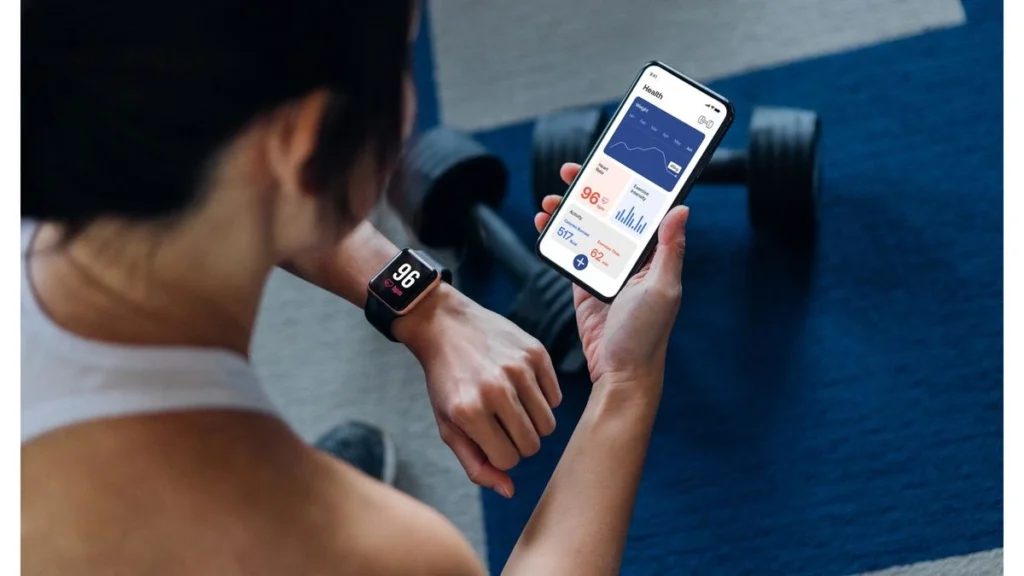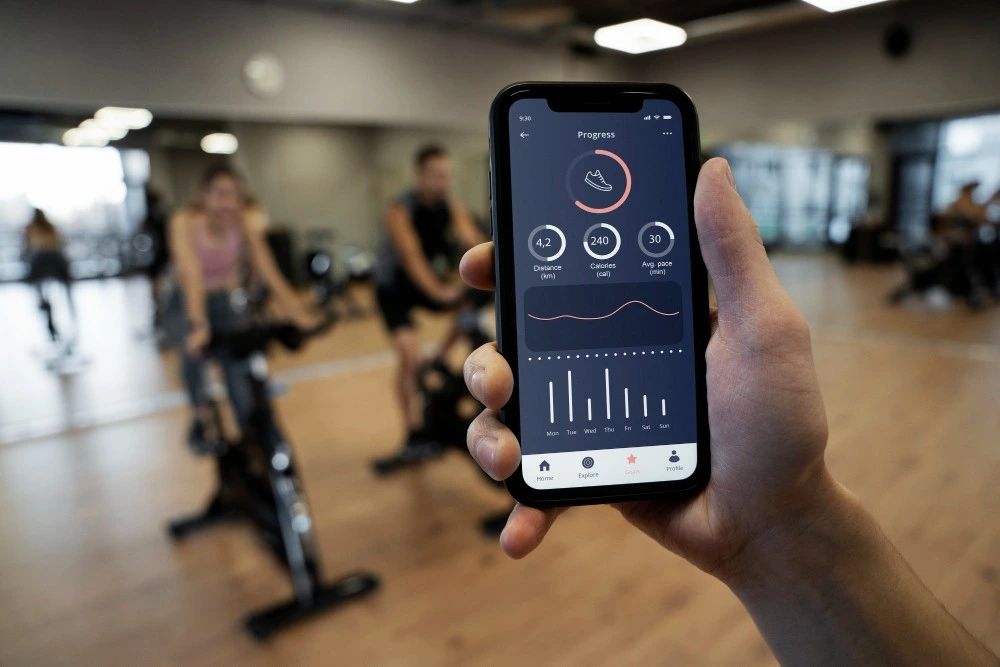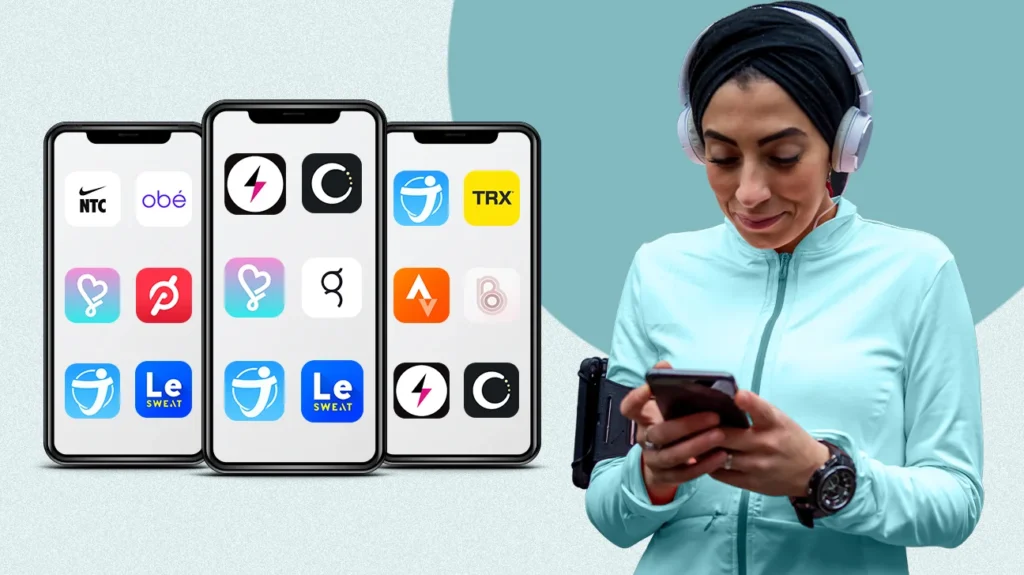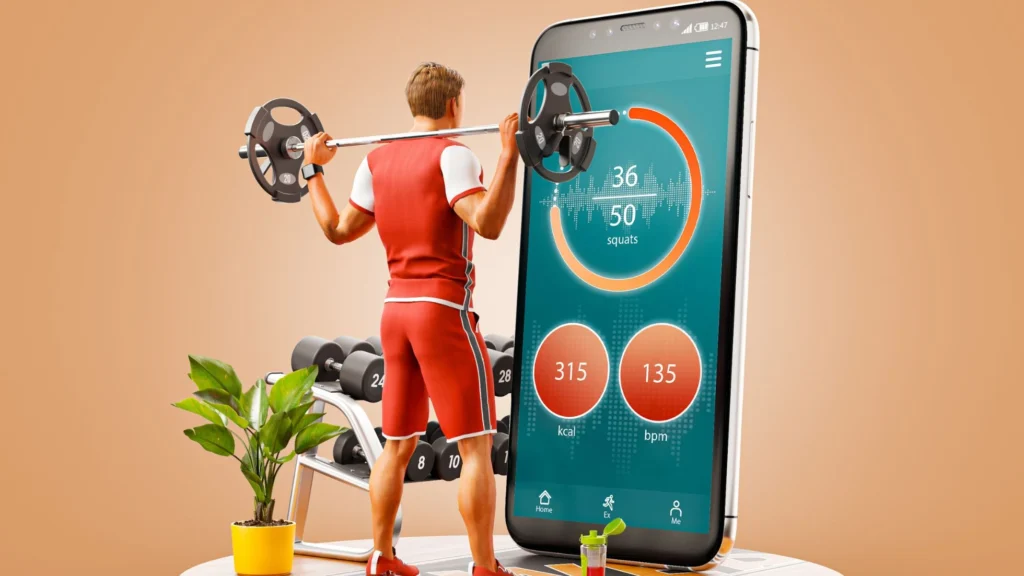Fitness apps have transformed the way we approach health and fitness. With the rise of smartphones, everyone can now work out anytime and anywhere. These apps are popular for their convenience, accessibility, and affordability. They help individuals track their progress, follow workout plans, and stay motivated. Fitness apps cater to various fitness levels and goals, making it easier for people to stay active and achieve their fitness objectives.
The Different Types of Fitness Apps Available
Fitness apps meet different needs with various categories to match personal preferences. Some popular types include:
- Workout Apps: These apps offer workouts for strength, cardio, flexibility, and yoga. They often have video guides and create personalized plans based on fitness levels and goals.
- Nutrition Apps: These apps help users track food intake, calories, and diets. Many work with workout apps to track calories burned for a complete fitness plan.
- Activity Tracking Apps: These fitness trackers track daily activities like steps, calories, and distance. They often sync with wearables like fitness trackers or smartwatches to provide data on activity levels.
- Meditation and Wellness Apps: These apps focus on mental health with guided meditations, mindfulness, and relaxation exercises to reduce stress and improve focus, complementing physical workouts.
Fitness Apps Available on Android

Android users have access to a wide range of fitness apps designed to cater to various fitness needs. Here are some of the most popular fitness apps available for Android users:
- Nike Training Club (NTC)
Nike Training Club is a top app with workouts for strength, yoga, HIIT, and mobility. It has video guides and custom plans for all fitness levels. Whether you’re a beginner or expert, the app offers suitable routines.
Key Features:- Large library of workout videos
- Fitness plans based on user goals
- Adjustable workout length and intensity
- Connects with other fitness apps
- MyFitnessPal
MyFitnessPal helps users track food and exercise. It has a big food database, making it easy to log meals and track calories. It also works with fitness trackers to monitor workouts.
Key Features:- Track calories and meals
- Syncs with fitness devices and apps
- Set goals for weight loss or muscle gain
- Community support
- Strava
Strava is popular with runners and cyclists. It tracks outdoor activities like running, cycling, and swimming and gives detailed performance data. Strava also lets users compete in challenges, share workouts, and compare performance.
Key Features:- Track outdoor workouts in real-time
- Performance analysis for running and cycling
- Social features like challenges and leaderboards
- Works with fitness trackers
- Fitbit
Fitbit tracks daily activities, like steps, distance, calories, and sleep. It syncs with Fitbit wearables to provide health and fitness data. The app gives personalized advice, challenges, and reports to keep users motivated.
Key Features:- Track steps, heart rate, distance, calories, and sleep
- Syncs with Fitbit devices
- Insights into activity and sleep
- Weekly challenges and leaderboards
- Sworkit
Sworkit lets users create workout routines based on time and goals. It offers strength training, yoga, and stretching exercises with video guides. Perfect for busy users, it allows workouts anytime, anywhere.
Key Features:- Flexible workouts based on time and goals
- Options for strength, cardio, yoga, and flexibility
- Video guides for each exercise
- Customizable plans based on user goals
Fitness Apps Available on iOS

iOS users can access a wide range of high-quality fitness apps that offer both workout and health tracking features. Here are some of the top fitness apps available for iOS:
1. Nike Training Club (NTC)
Nike Training Club is a top-rated app for iOS. It offers a variety of workouts for all fitness levels, including strength training, HIIT, and yoga. Users can do guided workouts at home or in the gym.
Key Features:
- Custom workout plans based on fitness level
- Variety of workouts, like yoga, HIIT, strength, and mobility
- Video guides for each exercise
- Track progress and get feedback
2. MyFitnessPal
MyFitnessPal helps users track meals, exercise, and health. It has a large food database, making it easy to log meals and check nutrition. It also syncs with other fitness apps and devices.
Key Features:
- Food diary with barcode scanning
- Syncs with fitness apps and devices
- Track weight, calories, and macronutrients
- Community support
3. Peloton Digital
Peloton Digital is popular for live and on-demand classes. It offers cycling, yoga, strength, running, and more. Users can track performance and join global fitness challenges.
Key Features:
- On-demand and live fitness classes
- Social features like challenges and leaderboards
- Access to many workouts: yoga, running, cycling, strength, HIIT
- Personalized workout recommendations
4. Headspace
Headspace focuses on mental wellness. It offers guided meditation, mindfulness, and relaxation exercises. It’s great for users who want to improve mental health while staying fit.
Key Features:
- Guided sessions for stress, sleep, anxiety, and focus
- Mindfulness for mental clarity
- Programs for different levels
- Sync with health apps to track mental health
5. Fitbod
Fitbod is for strength training. It creates personalized workout plans based on available equipment and goals. It tracks sets, reps, and weights to help users with their progress.
Key Features:
- Personalized plans based on equipment
- Track sets, reps, and weights
- Custom rest timers
- Smart workout suggestions based on progress
Advantages of Using Fitness Apps

Fitness apps offer several key benefits that have made them so popular among users:
Convenience and Accessibility: Fitness apps let users work out anytime, anywhere. This makes them perfect for people with busy schedules. Whether at home, traveling, or on a lunch break, users can easily follow workout plans. This flexibility removes the time and location limits of gyms.
Personalized Workouts and Progress Tracking: Many apps create workout plans based on your fitness level and goals. These plans make sure you follow routines that suit you. Progress tracking helps you see how you’re doing and adjust workouts as needed to stay on track.
Cost-Effectiveness Compared to Gym Memberships: Fitness apps are cheaper than gym memberships or personal trainers. Many apps offer free versions or affordable subscriptions. This way, users get expert fitness guidance without the high cost.
Conclusion
Fitness apps have revolutionized fitness routines, offering convenience, personalization, and cost-effectiveness. They allow users to work out anytime, track progress, and stay motivated without the need for a gym or personal trainer. Popular apps like Nike Training Club, MyFitnessPal, and Peloton Digital have helped millions achieve their fitness goals. As technology advances, fitness apps will continue to evolve, making it even easier for individuals to maintain a healthy lifestyle.

